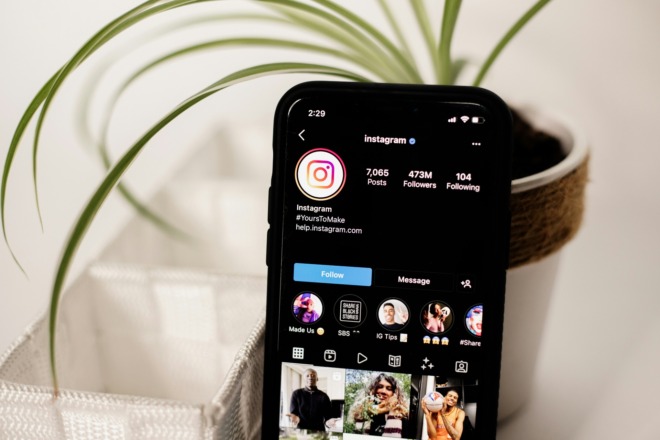LinkedIn is unique among social media networks. Most of the people on LinkedIn — over 433 million users — are looking to network with other professionals rather than simply socialize. Designers can use LinkedIn’s unique features in a number of ways to attract new clients and help current clients. Our freelance designer guide to LinkedIn gives you all the tools you need.
Search for Jobs
If you’ve been on LinkedIn, then you likely noticed a tab labeled “Jobs.” Clicking on this tab allows you to search for companies that are looking for designers or for people with your specific skill sets. You can easily narrow your search by using advanced search features. Because around 70 percent of LinkedIn’s users are from outside the U.S., you can expand your client profile globally by connecting on LinkedIn.
Show Endorsements
LinkedIn makes it easy to list your accomplishments as well as for others to share their thoughts on your work and even recommend you. You can ask people you’ve worked with in the past to share their recommendation and add a few notes about your work. This allows potential clients to see positive reviews and know that you’ve delivered work for similar clientele.
Add a Profile Photo
LinkedIn’s layout is reminiscent of a resume or curriculum vitae. When users view your profile page, they will see your photo, name, title, past work, education and other history you choose to provide. Adding a professional photo actually ups the odds of potential clients finding you on LinkedIn by about 14 times.
Join Groups
One of the best ways to network on LinkedIn is by joining groups with the target demographic you are trying to reach. As a designer, you might want to connect with business owners in the niche areas you’re used to designing for.
Let’s say you typically work with restaurant owners. You would join those groups. Like most social media groups, they won’t appreciate it if you do nothing but spam the group and try to recruit clients. Instead, if someone posts a question that you can add input on, try to answer as fully and professionally as possible. Others will see your answer and the help you provide and over time will either connect with you (at which point they will now see your posts, some of which will be promotional in nature) or will even seek you out to do some design work.
Be Everyone’s Friend
Don’t be too choosy: The limit for first-level connections on LinkedIn is 30,000. That is a large number that will take you years to reach, if you ever do. The truth is that the more people you’re connected with, the more people will see your profile when they are searching.
Let’s go back to that restaurant owner example. He decides he’d like to make his website responsive and he’d also like to do some other updates. He goes to LinkedIn and searches for designers. The people who show up in his search results are going to be listed by LinkedIn’s hierarchy. If you are a first-level connection, you will rank at the top of those results. You can easily edge out the competition by putting your name and profile in front of the hiring managers.
Sell Your Skills and Strengths
Decide what your top skills and strengths are as a designer. List them on your profile page. Now, mention them and provide examples over and over. For example, if you plan to post an update, does it in some way highlight that skill or strength to your connections?
If a client needs a designer who specializes in responsive design, he should immediately think of your name because you have told him over and over that this is a skill you possess and given him examples of how skilled you are at creating responsive websites.
Your first step before utilizing LinkedIn to reach out to clients should be to get your profile as perfect as possible. After that, you’ll want to seek out smart connections, let them know regularly about the services you offer and tell them where your strengths are. You’ll be surprised at how many people will seek out your services or at least be more receptive to them.
About The Author
Eleanor Hecks is the Editor-in-Chief of Designerly Magazine, an online publication dedicated to providing in-depth content from the design and marketing industries. When she's not designing or writing code, you can find her exploring the outdoors with her husband and dog in their RV, burning calories at a local Zumba class, or curled up with a good book with her cats Gem and Cali.
You can find more of Eleanor's work at www.eleanorhecks.com.


